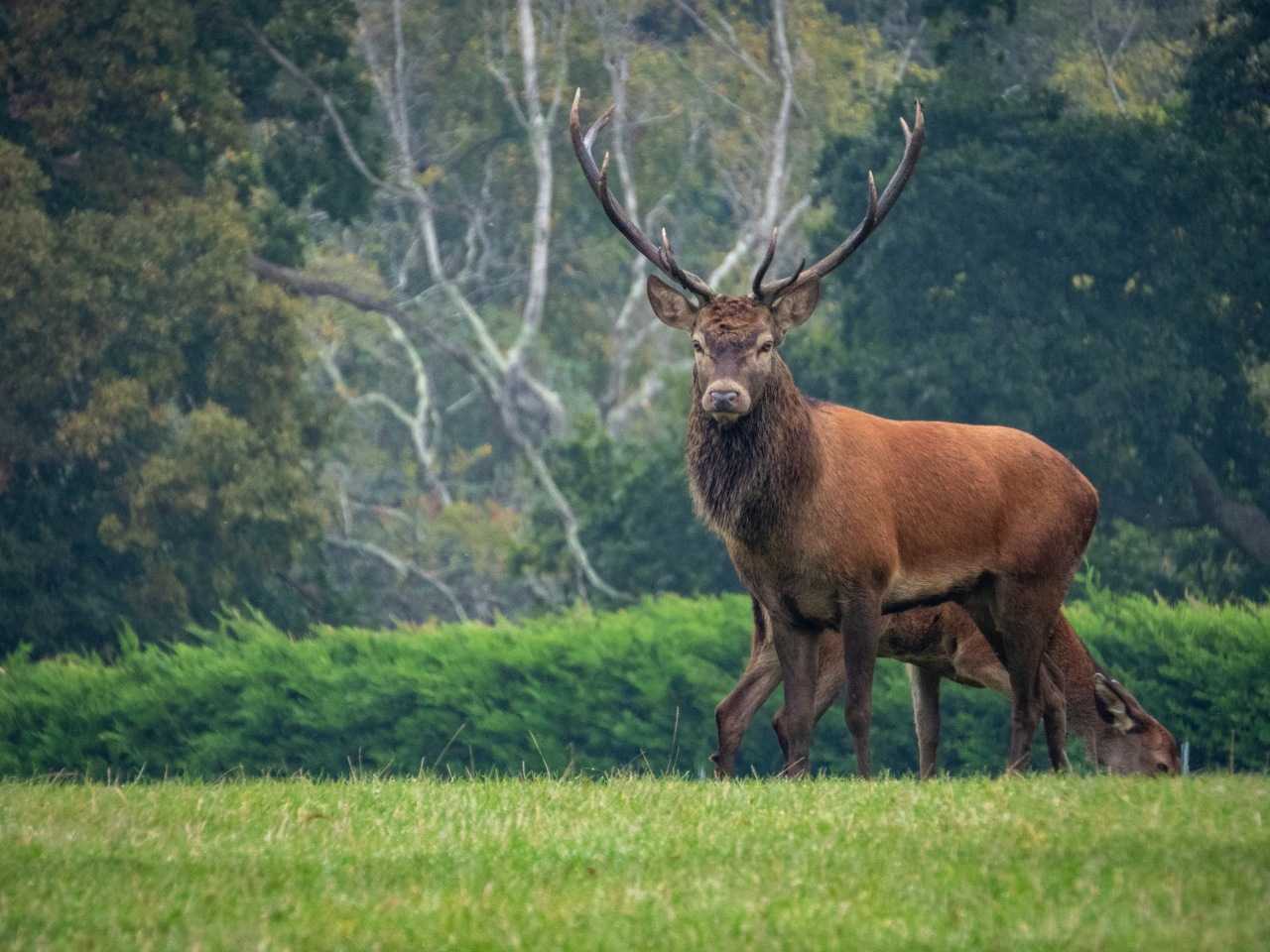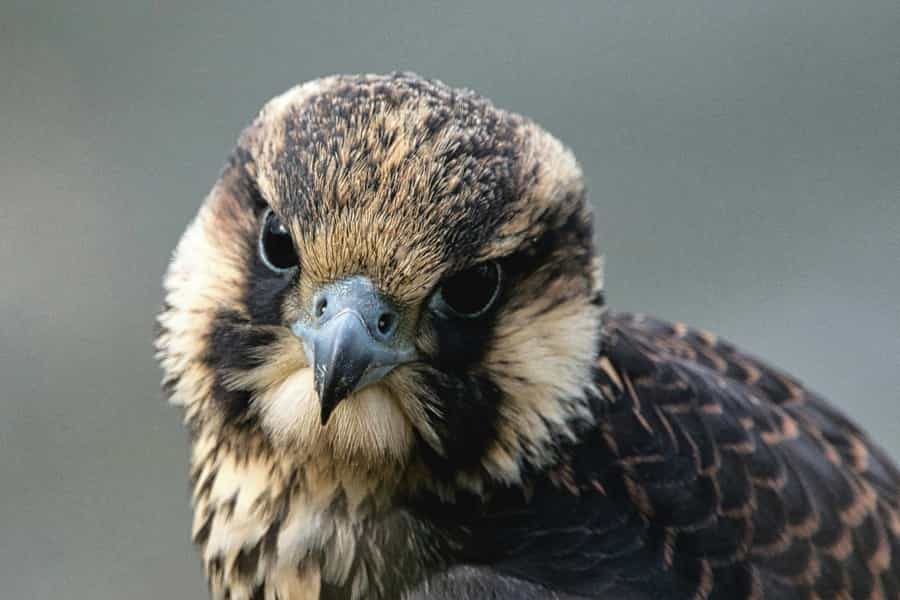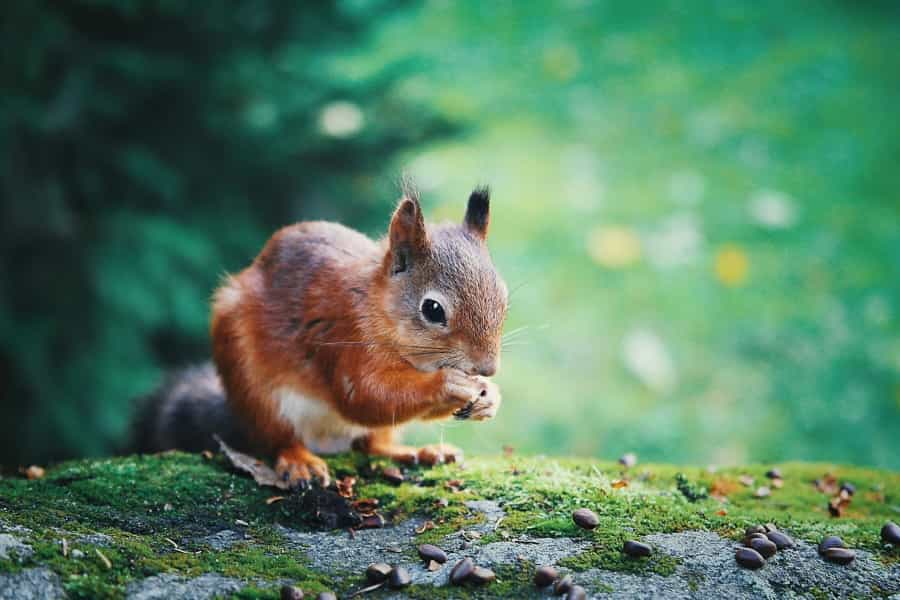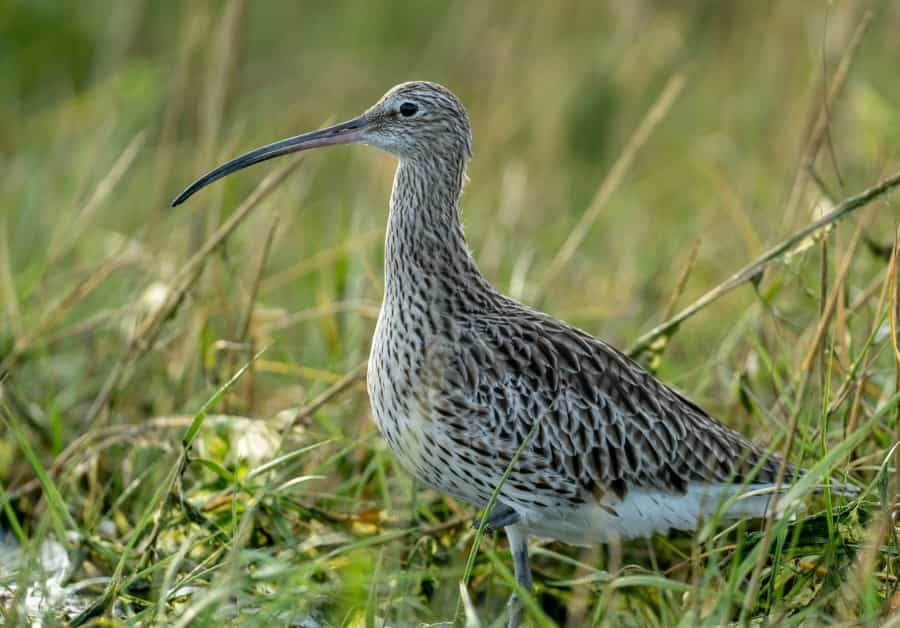Wildlife in the Yorkshire Dales National Park

A beguiling landscape of fell-top blanket bog rich in peat, heather moorland and limestone pavements awaits visitors in the Yorkshire Dales National Park – and that’s only on the uplands. Down in the sheltered valleys – or ‘dales’ – lie acres of fields filled with wildflowers, and ancient hay meadows. This dramatic and spectacular landscape supports and protects more than 120 species of flora and fauna, from endangered red squirrels to delicate lady’s-slipper orchids.
Read on for Pitchup’s guide to some of the best-loved wildlife in the Yorkshire Dales, the best spots for sightings, tips for visiting the park responsibly and suggestions for supporting the long-term conservation of the Yorkshire Dales.
Yorkshire Dales habitats
The diverse habitats of the Yorkshire Dales support many animals and birds as well as a rich plantlife.
Limestone pavements and cliffs
The iconic limestone pavements at Malham, White Scar, Moughton and Southerscales were worn away by centuries of glaciation, and today offer a unique environment for plants like saxifrage, wild thyme, blue moor-grass and rock-rose.
Meadows and pastures
The dales have been shaped by farming over millennia, with traditional hay meadows and sheep pastures being an integral part of the landscape, all neatly demarcated by many miles of dry stone walling and scattered barns known as ‘cow’uses’. These fields are home to wildflowers, bees, butterflies like the brown argus butterfly and small mammals including the protected vole.
Moorlands and heathlands
The upland dales are an important refuge for a myriad of ground-nesting birds such as red and black grouse, curlews, skylarks, lapwings and comical oystercatchers. Avoid these areas during late spring and early summer so you don’t disturb the birds. The moorlands also have reasonable populations of meadow pipits, golden plovers, merlins and owls.
Rivers and streams
Aquatic habitats at the bottom of the dales, including the rivers Swale, Wharfe and Ure, support dippers and kingfishers. Otters are known to inhabit some river banks, but are largely nocturnal so sightings are few and far between.
Woodlands
Much of the semi-natural broadleaf woodland in the Yorkshire Dales has been depleted since the last Ice Age; what still exists provides cover for roe deer and woodland birds such as pied flycatchers and wood warblers. There are a few areas of rare juniper scrubland in the national park too.
When and where to see wildlife in the Yorkshire Dales

Whether you’re bringing a camera, a pair of binoculars or just yourselves to the dales, here are eight suggestions of where and when to search out elusive nature.
-
March to see brown hares boxing in farmed fields.
-
Dry spring days to hear tree pippits, flycatchers and warblers singing in Lower Grass Wood.
-
Between March and May for black grouse in Arkengarthdale, north-west of Reeth.
-
Early April to June for the evocative call of curlews in Nidderdale.
-
Between late May and early July for wildflower meadows in Swaledale.
-
Early summer for nesting peregrine falcons at Malham Cove.
-
Early summer for young red and fallow deer at Studley Royal, autumn for the rut.
-
Early morning most of the year for red squirrels at Snaizeholme near Hawes.
Good to know: There’s also an open farm in the national park. At Hesketh Farm Park, parents can introduce young children to lambs and baby goats, encounter majestic Shire horses and take tractor rides across the fields in safe and secure surroundings.

Responsible wildlife viewing
As part of the preservation of the fragile ecosystem of the Yorkshire Dales, visitors have a responsibility to protect its wildlife habitats. Please adhere to the following guidelines to keep the wildlife – and yourself – safe from harm.
-
Familiarise yourself with the Countryside Code and follow it closely.
-
Stay a safe distance away from animals, especially when they have young with them. Several hapless visitors have made the mistake of getting too close to a red deer stag during rutting season, when they're at their most aggressive and likely to attack.
-
Watch out for ground-nesting birds. If you disturb them between March and July, they may abandon their nest and any young will die.
-
Take all your litter home with you; leave no trace of your presence.
-
Don’t pick wildflowers or heather.
-
Use a designated campsite or check where you can wild camp (the latter is forbidden on any land owned by the Yorkshire Dales National Park Authority).
-
Ensure dogs are on leads around wildlife and grazing sheep or cows.
-
Do not wander off marked trails.
-
Up your chances of seeing wildlife by booking an expert-led guided tour; a couple of tour companies offer kid-friendly guided walks and the occasional moorland birding safari.
Conservation efforts in the Yorkshire Dales
If you’d like to contribute towards the upkeep of the increasingly fragile ecosystem in the Yorkshire Dales, there are several ways in which you can help.
Yorkshire Wildlife Trust
The mighty Yorkshire Wildlife Trust covers the whole of Yorkshire, but does much sterling work in the dales, helping to restore the traditional hay meadows of Langstrothdale, Ribblesdale, Swaledale and Arkengarthdale, the much-ravaged peat uplands around Nidderdale and the unique limestone grasslands near Ingleborough. The trust was also instrumental in protecting the small colony of red squirrels near Hawes.
You can join the trust as a family or individual, make a donation or volunteer to help in projects such as dry stone walling, tree planting or improving footpaths.
Yorkshire Dales Millennium Trust
Among many other projects, the Yorkshire Dales Millennuium Trust works with farmers and landowners within the park to restore the wildflower meadows and support the ever-declining population of pollinating bees. There are many ways you can help, from fundraising to leaving a legacy in your will.
Friends of the Dales
A local charity campaigning on behalf of the endangered landscapes of the dales; join FOTD and you’ll also be helping to support the DalesBus routes, providing sustainable transport around the national park.
Planning your Yorkshire Dales wildlife trip

Wildlife watching in the Yorkshire Dales National Park is a year-round affair; if you’re not venturing too far off the beaten track, you won’t need any specialist equipment beyond waterproof clothing in case of rain, layers to cope with drops in temperature (at any time of year), and sun cream for long summer days on the high exposed moorland.
If you are considering a long hike across upper moorland in search of birds of prey or elusive wild flowers, the park authorities have published a handy safety guide to download. Always use an app like Accuweather to check up on the weather conditions to expect.
Pitchup has many camping and glamping sites throughout the national park, especially around the popular hubs of Grassington, Hawes and Kettlewell. Some are open all year, many are dog friendly and still others offer electric hook-ups. Wild camping is not allowed in the national park, except with the express permission of the landowner, but you can get a back-to-nature vibe with Pitchup’s suggestions for nearly wild camping in the dales.